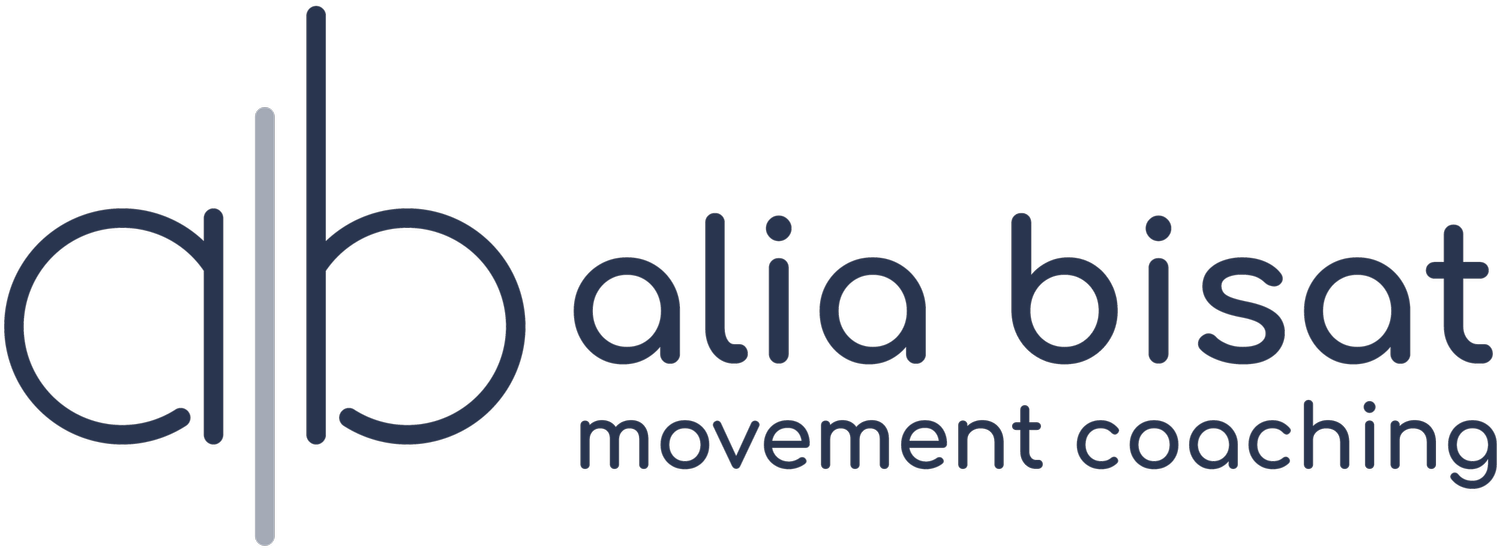On Play and Pain
I’ve been trying too describe with words, concretely, why I chose to add a play class on the weekly MOB schedule — a program otherwise focused on strength, mobility, and agility. Yes, Kyle Fincham, the creator of Infinite Play is a friend and someone I admire. But I have plenty of friends and people I admire who teach movement related things who are not part of The MOB. And yes, playful activity can be a gateway to new movement possibilities only available when we release ourselves of the structures of “exercise,” which the body can then use as options for movement in daily life. The more options we have, the better movers we become. But there was more to it and I couldn’t place it.
I explained my missing link to Kyle and he filled it for me. He explained that “being playful is how we nourish the capacities for communication with relationship and in our spaces and around us. So it’s a practice of feeding relationships and we’re exploring it through our bodies.” This was my aha. Relationships. The application is limitless — we are essentially nothing but beings in relationship with other things, people, ideas, spaces. I can explore the relationship of my body to this couch, how I relate to my family, to New York City, my political leanings, how I walk on the sidewalk amongst strangers, etc. Who we are and how we choose to engage in the world is based on these infinite relationships. Since my work is centered around movement health and pain, I will suggest that the most important of these relationships in this context is ours to our own bodies, and ours to our pain. How we relate to our bodies and our pain defines our physical experiences, functionality, and performance and pain outcomes. A tertiary relationship, and one directly applicable to the the inspiration behind the The MOB, is our relationship to aging which has a remarkable impact on how we move and therefore many of our health outcomes. These relationships often become rigid, clearly defined, with little room for evolution.
“My hip hurts because I didn't make the time to foam roll.”
“Oh my left side is my problematic side, everything is messed up there.”
“Come on! Argh! Reach! Why can’t you go further!” (Someone speaking to themselves during a stretch)
“I had a herniated disc 30 years ago, that’s why I can’t do a step up as well on my right leg.”
“I’m too old to go on a hike like that.”
“I have a bad back, I’ve always been that way.”
“I’m stiff all the time, that's just what happens as we get older.”
“I’m not coordinated, I’ve always been super clumsy.”
These relationships have to evolve if we want to get better at managing/reducing chronic pain, and if we want to become better movers in general. The key to exploring that possibility that I work with on a daily basis with people is curiosity. I had a new client call me to book a session last week, he had just experienced a pinched nerve in his back and had been in terrible pain for several days. I told him, “Until I see you in four days, I’ll offer you this: stay curious about your pain. Consistently explore what you can and can’t do, slowly, with an open mind and no agenda or prediction. Explore your limits with a question mark.”
Kyle directed me to the Huberman Lab podcast on play, one I’d listened to a couple of years ago and completely forgot about. Huberman sums it up beautifully: “[Play is] allowing yourself to expand the number of outcomes that you’re willing to entertain and to think about how you relate to those different outcomes.” There are a few components here. Firstly, the very nature of play, a practice revolving around exploration without agenda, asking questions instead of answers, allows the emergence of new ideas, behaviors, thoughts, and emotions. With regular practice, just like anything else, these new possibilities become part of our brain’s repertoire in everyday life — a function of neural plasticity (or the brain’s ability to learn and adapt). For example, if we’re practiced in engaging openly during play, we might be more likely to ask open ended questions when we have a back pain episode and engage in movements that invite curiosity about the pain sensations rather than make hardline assumptions about how we feel, what we can do, and what this says about our body’s capabilities.
I invite you to re-read the quote above and think about your relationships with your body, your pain, and your age.
Do your relationships feel limited, defined, with hard boundaries?
Do you already have pre-determined outcomes for your experiences?
Do you have the tools to engage with them differently?
When something happens to you physically, how many outcomes do you entertain?
Do you make more statements than ask questions when thinking or talking about your body, age, and felt experiences?
keep moving.
